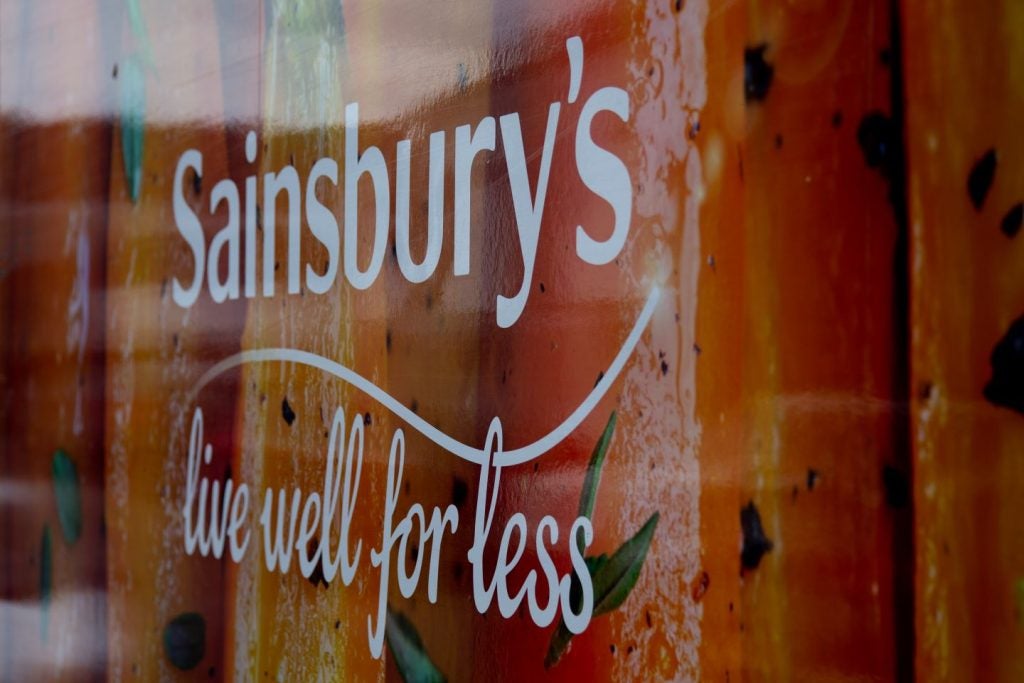In recent years, Sainsbury’s has explicitly leveraged Habitat’s existing homewares proposition by opening concessions within its supermarkets, a trend that has been emulated by Waitrose’s incorporation of products from sister retailer John Lewis, promoting instore homewares and general merchandise sales. This development indicates some grocers’ ambitions to capitalise on the relevance of sectors outside food & grocery by strengthening their brand images across a wider range of sectors, encompassing general merchandise, fashion, and homewares, suggesting a trend towards a one-stop-shop format that offers shoppers greater convenience.
This strategy represents a slightly different approach to other grocers’ existing homeware offerings. ASDA’s use of the George brand for its homewares range conveys the value for money proposition of ASDA’s in-house brand; while Aldi’s homewares ranges are inextricably linked to the Specialbuys offer within its middle aisles, conveying the low prices and limited-edition nature of products. While not a grocer, Marks & Spencer’s (M&S) homewares line likewise relies on the perception of quality associated with the M&S brand itself. In contrast, John Lewis and Habitat have stronger identities independent of their associated supermarket retailers, which Waitrose and Sainsbury’s can leverage to boost perceptions of the quality of their homewares ranges beyond their identities as supermarkets.
Other grocers may find that they have the scope to leverage external brands to expand their homewares and general merchandise offers through acquisitions and partnerships. Tesco may get some mileage out of its recent purchase of Paperchase, although the addition of the brand likely will not do too much to support Tesco’s total stationery sales given the difference in the target audience of the two players, and where there is overlap, the presence of Paperchase may simply cannibalise sales of Tesco’s own stationery range instead of leading to additional purchases. Tesco’s existing partnerships, such as the sale of its F&F clothing line via Next’s online channel, and more recently IKEA’s introduction of collection points in Tesco car parks, may prove fruitful avenues for further partnerships such as additional perks via its Clubcard Plus subscription including discounts at partner retailers.
However, it is worth noting that the supermarket brand diversification trend isn’t all marching in one direction. Notably, February saw an end to the partnership between ASDA and B&Q as the latter sought to pursue its B&Q Local convenience store format. This demonstrates that even with the aid of perceptions of brand quality, there are limits to the appeal of a one-stop-shop format centred around a grocer, and suggests that supermarkets may not find it worthwhile to diversify much beyond an expanded homewares offering.









